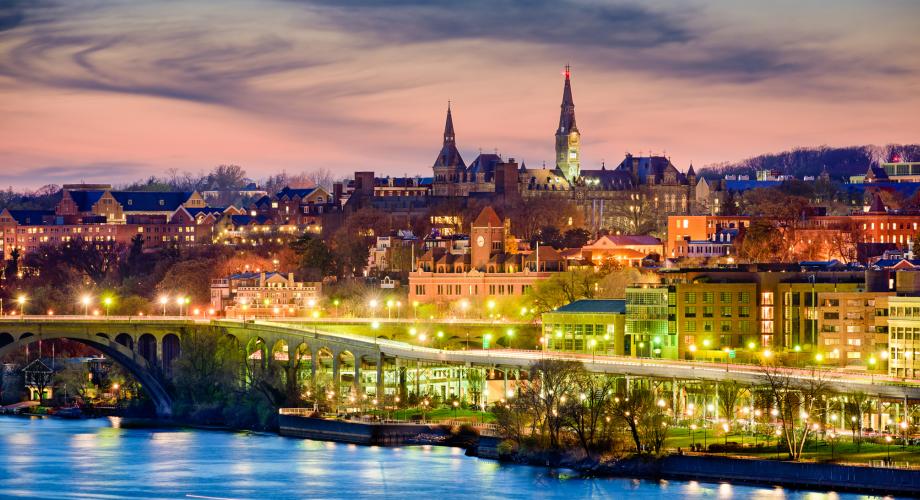5 budget-savvy landscaping tips from Post Properties’ Landscaping Master Jim Davis.
Spring is here — and, along with it, the busy season for apartment leasing. You could have the best apartment-home units, amenities and rent deals in the area, but without curb appeal, you are limiting your resident pool.
“I see a lot of smaller or less sophisticated operators treat their landscape costs almost like a utility, trying to drive costs down, down, down,” says Jim Davis, Vice President of Property Services and Landscaping Master for Post Properties. Skimp too much on landscaping, and it will show — to the detriment of leasing.
Davis provides the following tip and tricks to help property managers create eye-catching curb appeal that doesn’t bust the budget.
Build a relationship with your landscaper. A good landscape company follows a seasonal calendar, which should be spelled out in the contract. The calendar specifies when certain tasks are accomplished — when mulch goes down, when annuals are planted, when perennials are cut back and so forth.
Once you’ve found an operationally sound landscape company, “develop a relationship with the person who is taking care of your property,” Davis advises. Go on property walks together. “If you have a good landscape provider, they should be able to talk through with the property manager what needs to happen and when.”
Get creative with containers. “The use of containers and pots is a wonderful way to display plants and color in these tight urban sites that we are dealing with now,” Davis says. Large colorful pots can house trees, blooming shrubs and annuals — all in one container. “You want to have the thriller, the filler and the spiller,” Davis explains. “The thriller is the tree or the exciting plant. The filler plant is what takes up the 12 to 18 inches in the middle of the container. The spiller is something that hangs down out of the container that might have a flowering aspect.”
Davis recommends grouping containers for the best visual effect. “In some cases, a single pot makes sense. But if you can do a group — a large, medium and small pot — it really gives depth to the area you’re trying to make look landscaped.”
Strategically choose your impact areas. “The most expensive thing you can do on your site is have flower beds, but flower beds are some of the most impactful things you can do,” Davis says. So choose wisely where you plant your flowers or place your containers. A good landscaper can help you do this.
As much as budget and space allow, Davis recommends investing in perennials, since they go in the ground once and bloom again every year. Plant annuals to add color when perennials aren’t blooming or to complement their flower show.
Use landscaping as an amenity. At some Post communities, residents can sign up for a plot in a community garden on the property, where they can grow their own plants and vegetables. Post provides interested residents with some starter plants and offers a planting seminar, which also serves as an apartment community meet-and-greet.
Also, at its grilling stations, Post provides small pots of herbs that residents can use while cooking. “As long as you have sunlight, you can grow most any herb in a container,” Davis says. “They want to be pruned or they don’t grow right; they really appreciate it when people use them.”
Accept that landscaping is a year-round expense. “Some companies like to really cut back their landscape hours in the fall and winter, and that’s a short-sighted look at how landscaping works,” Davis says. That’s because the fall and winter months are setting the stage for spring and summer’s beauty. Fall and winter are the times to fertilize, cut back seasonal plants and prune shrubs and trees so that the plants are prepared for a clean mulch in early spring. Without this work, the landscaping dollars you spend in spring and summer won’t accomplish as much as they could.
Springtime is showtime, and a well-landscaped community will attract potential residents — like birds to a flower’s nectar.
